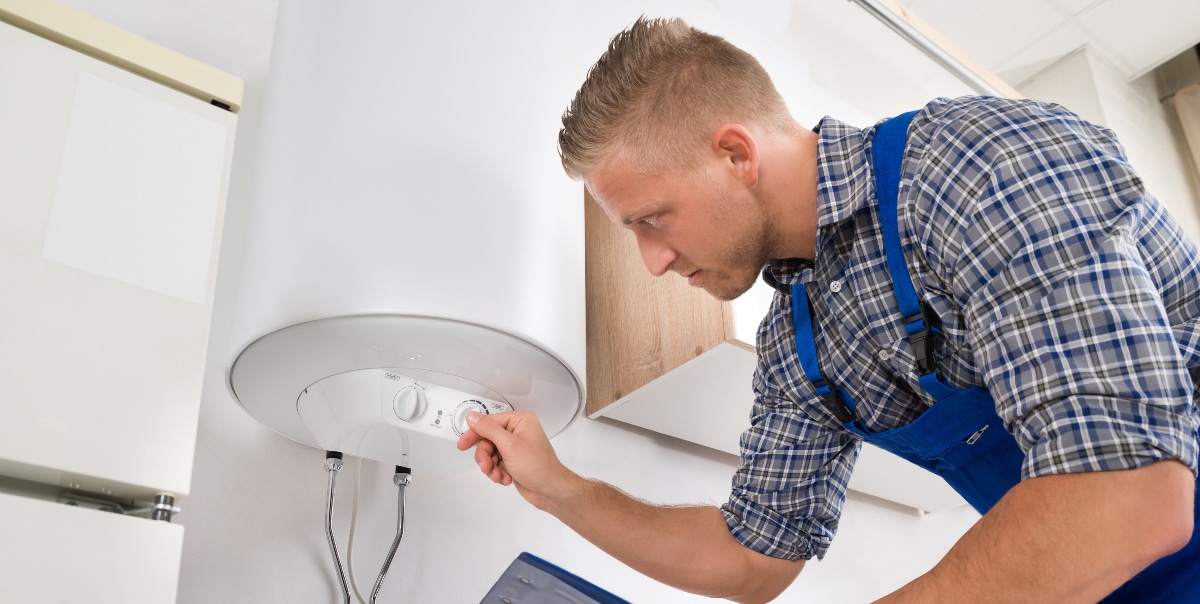Easy Ways to Maintain Your Home's Hot Water System EffectivelyUseful Strategies for Caring for Your Home's Hot Water SystemEssential Maintenance Strategies for Your Home's Hot Water System
Call Us NowHave you been looking for info involving Tips on Maintaining a Water Heater?

Hot water is crucial for everyday convenience, whether it's for a revitalizing shower or cleaning recipes. To ensure your hot water system runs effectively and lasts much longer, regular maintenance is essential. This article supplies practical pointers and understandings on how to keep your home's hot water system to prevent interruptions and costly repair services.
Intro
Preserving your home's hot water system might seem challenging, however with a few easy steps, you can guarantee it operates smoothly for years ahead. This overview covers every little thing from comprehending your warm water system to do it yourself upkeep ideas and recognizing when to call in specialist help.
Significance of Preserving Your Hot Water System
Routine upkeep not just extends the lifespan of your hot water system yet also ensures it operates efficiently. Overlooking maintenance can result in decreased performance, greater energy expenses, and even premature failure of the system.
Signs Your Hot Water System Requirements Upkeep
Understanding when your warm water system requires interest can stop significant problems. Keep an eye out for signs such as inconsistent water temperature, strange noises from the heater, or rustic water.
Purging the Water Heater
Flushing your water heater gets rid of sediment accumulation, enhancing efficiency and lengthening its life.
Monitoring and Changing Anode Rods
Anode rods avoid corrosion inside the tank. Examining and replacing them when worn is important.
Complicated Issues Calling For Expert Assistance
Examples include major leaks, electric troubles, or if your hot water heater is consistently underperforming.
Routine Specialist Upkeep Benefits
Specialist upkeep can consist of complete evaluations, tune-ups, and making sure compliance with safety and security standards.
Evaluating and Readjusting Temperature Level Settings
Readjusting the temperature level settings ensures optimal efficiency and safety.
DIY Tips for Upkeep
You can do a number of upkeep jobs yourself to keep your warm water system in leading problem.
Checking for Leaks
Consistently inspect pipes and connections for leaks, as these can bring about water damage and higher costs.
Understanding Your Hot Water System
Prior to diving into upkeep tasks, it's valuable to comprehend the standard components of your hot water system. Usually, this includes the hot water heater itself, pipelines, anode poles, and temperature controls.
Month-to-month Upkeep Tasks
Routine regular monthly checks can aid catch small problems prior to they intensify.
Testing Pressure Alleviation Valves
Examining the stress relief valve ensures it operates appropriately and avoids too much stress buildup.
Protecting Pipelines
Shielding warm water pipelines reduces heat loss and can conserve power.
When to Call a Professional
While DIY maintenance is beneficial, some issues need expert proficiency.
Final thought
Routine upkeep of your home's warm water system is essential for efficiency, durability, and expense financial savings. By following these suggestions and understanding when to seek professional assistance, you can make certain a reputable supply of warm water without unforeseen disturbances.
How to Maintain an Instant Hot Water Heater
Before tinkering with your hot water heater, make sure that it’s not powered on. You also have to turn off the main circuit breaker and shut off the main gas line to prevent accidents. Also turn off the water valves connected to your unit to prevent water from flowing into and out of the appliance. 2. When you’re done, you have to detach the purge valves’ caps. These look like the letter “T” and are situated on either side of the water valves. Doing so will release any pressure that has accumulated inside the valves while at the same time avoid hot water from shooting out and burning your skin. 3. When the purge valves’ caps are removed, you have to connect your hosing lines to the valves. Your unit should have come with three hoses but if it didn’t, you can purchase these things from any hardware or home repair shops. You can also get them from retail stores that sell water heating systems. Read the user’s manual and follow it to complete this task properly. When the hosing lines are connected, open the purge port’s valves. 4. You should never use harsh chemical cleaners or solutions when cleaning your unit. Make use of white vinegar instead. It should be undiluted and you’ll probably use about 2 gallons. 5. Now flush your water heater. This task should probably take about 40 minutes. We can’t give you specific directions for this because the procedure is carried out depending on the type, model and brand of your heater. With that being said, refer to the user’s manual. 6. When you’re done draining the unit, you have to turn off the purge port valves again. Remove the hosing lines that you earlier installed on each of the water valves. Put the valve caps (purge port) back in their respective places and be very careful so as not to damage the rubber discs that are found inside these caps. 7. Now that everything’s back in place, check your user’s manual again to find out how to reactivate your water heating system. 8. Once it is working, turn one of your hot water faucets on just to let air pass through the heater’s water supply pipes. Leave the tap on until water flows smoothly out of it. https://www.orrplumbing.com/blog/2014/september/how-to-maintain-an-instant-hot-water-heater/

We had been made aware of that article about Tips on Maintaining a Water Heater through a pal on a different web blog. Are you aware of another individual who is involved in the topic? Why not share it. Thanks for your time spent reading it.
Call Today